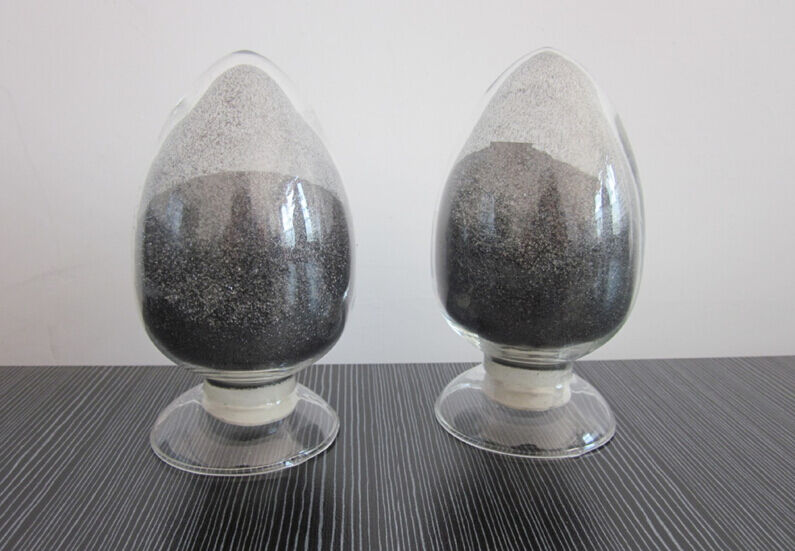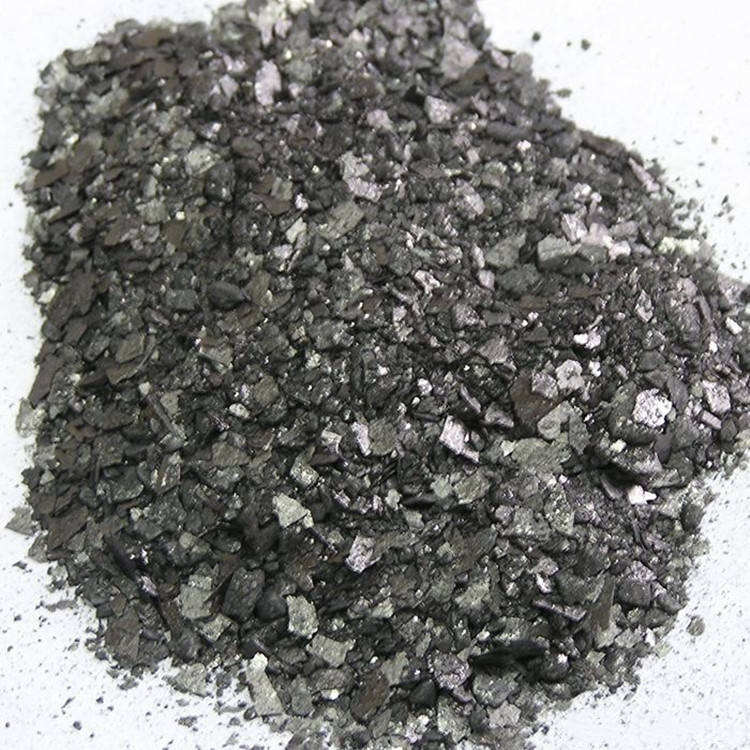Revolutionizing Additive Manufacturing with Natural Carbon Materials
The world of 3D printing continues to evolve with innovative materials that push the boundaries of what's possible in additive manufacturing. Among these materials, graphite flake has emerged as a fascinating component that offers unique properties and potential applications. This naturally occurring form of crystalline carbon brings exceptional thermal conductivity, electrical properties, and lubricating characteristics to the 3D printing process, opening new possibilities for industrial and commercial applications.
Understanding Graphite Flake Properties in 3D Printing
Chemical and Physical Characteristics
Graphite flake consists of layered carbon atoms arranged in a hexagonal pattern, providing its distinctive plate-like structure. When incorporated into 3D printing materials, graphite flake maintains its inherent properties while contributing to the overall performance of the printed object. The material's natural lubricity reduces friction during the printing process, while its high thermal stability ensures consistent performance under varying temperature conditions.
The size and thickness of graphite flake particles play crucial roles in determining their effectiveness in 3D printing applications. Larger flakes typically provide better electrical conductivity and thermal properties, while smaller particles offer improved dispersion and smoother surface finish in the final printed product.
Material Integration Methods
Incorporating graphite flake into 3D printing materials requires careful consideration of several factors. The material can be mixed with various polymer matrices to create composite filaments or powders suitable for different printing technologies. The concentration of graphite flake must be optimized to maintain proper flow characteristics while achieving desired properties in the final product.
Advanced processing techniques, such as surface modification and particle size distribution control, help ensure uniform dispersion of graphite flake throughout the printing medium. This uniformity is essential for consistent material properties and reliable printing results.
Applications and Benefits in Various Industries
Electronic Components Manufacturing
The integration of graphite flake in 3D printing materials has revolutionized the production of electronic components. The material's excellent electrical conductivity enables the creation of complex conductive patterns and structures that would be difficult to achieve through traditional manufacturing methods. Printed circuit boards, electromagnetic shields, and various sensor components benefit from the unique properties of graphite flake-enhanced materials.
The thermal management capabilities of graphite flake also make it valuable for producing heat sinks and thermal interface materials. These components can be designed with optimized geometries to maximize heat dissipation while maintaining structural integrity.
Aerospace and Automotive Parts
In the aerospace and automotive sectors, graphite flake-enhanced 3D printing materials offer lightweight yet durable solutions for various components. The material's natural lubricity reduces wear in moving parts, while its thermal stability ensures reliable performance under demanding conditions. From prototype development to end-use parts, the versatility of graphite flake continues to expand manufacturing possibilities.
Complex geometric designs that optimize strength-to-weight ratios can be achieved through additive manufacturing processes utilizing graphite flake composites. These materials also provide excellent EMI shielding properties, making them suitable for sensitive electronic components in vehicles and aircraft.

Technical Considerations and Printing Parameters
Optimal Processing Conditions
Successful 3D printing with graphite flake materials requires careful control of processing parameters. Temperature management is crucial, as the material's thermal conductivity can affect heat distribution during printing. Proper bed adhesion and layer bonding must be maintained through appropriate temperature settings and print speeds.
The extrusion characteristics of graphite flake-enhanced materials may require modifications to standard printing parameters. Factors such as nozzle size, layer height, and flow rate must be optimized to achieve consistent results while preventing clogging or irregular material deposition.
Quality Control and Post-Processing
Maintaining print quality with graphite flake materials involves regular monitoring and adjustment of various parameters. Surface finish, dimensional accuracy, and internal structure consistency must be verified through appropriate quality control measures. Post-processing techniques may be necessary to enhance specific properties or achieve desired surface characteristics.
Advanced inspection methods, including microscopy and conductivity testing, help ensure that printed components meet required specifications. Understanding the relationship between processing parameters and final product properties enables consistent production of high-quality parts.
Future Developments and Research Directions
Material Innovation
Ongoing research continues to explore new ways to enhance the properties and performance of graphite flake in 3D printing applications. Development of hybrid materials combining graphite flake with other functional additives shows promise for expanding the range of possible applications. Advanced surface treatments and particle engineering techniques may further improve material processability and final product characteristics.
The integration of graphite flake with emerging printing technologies opens new possibilities for creating advanced functional materials. These developments could lead to improved performance in areas such as energy storage, thermal management, and structural applications.
Manufacturing Process Optimization
As the understanding of graphite flake behavior in 3D printing continues to grow, manufacturing processes are being refined to maximize efficiency and reliability. Automated systems for material handling and processing help ensure consistent results while reducing waste and production time. Implementation of machine learning algorithms may enable real-time optimization of printing parameters based on material properties and environmental conditions.
The development of specialized printing equipment and techniques specifically designed for graphite flake-enhanced materials could further improve manufacturing capabilities. These advances may lead to increased adoption of these materials across various industries.
Frequently Asked Questions
What are the main advantages of using graphite flake in 3D printing materials?
Graphite flake provides excellent thermal conductivity, electrical properties, and natural lubricity to 3D printed components. These characteristics make it particularly valuable for applications requiring heat management, electrical conductivity, or reduced friction in moving parts.
How does graphite flake content affect the printing process?
The concentration of graphite flake in printing materials influences various aspects including flow characteristics, thermal behavior, and final product properties. Optimal content levels must be determined based on specific application requirements and printing technology used.
What industries can benefit most from graphite flake 3D printing materials?
Electronics manufacturing, aerospace, automotive, and energy sectors show significant potential for utilizing graphite flake-enhanced 3D printing materials. These industries can leverage the material's unique properties for creating specialized components with improved performance characteristics.






